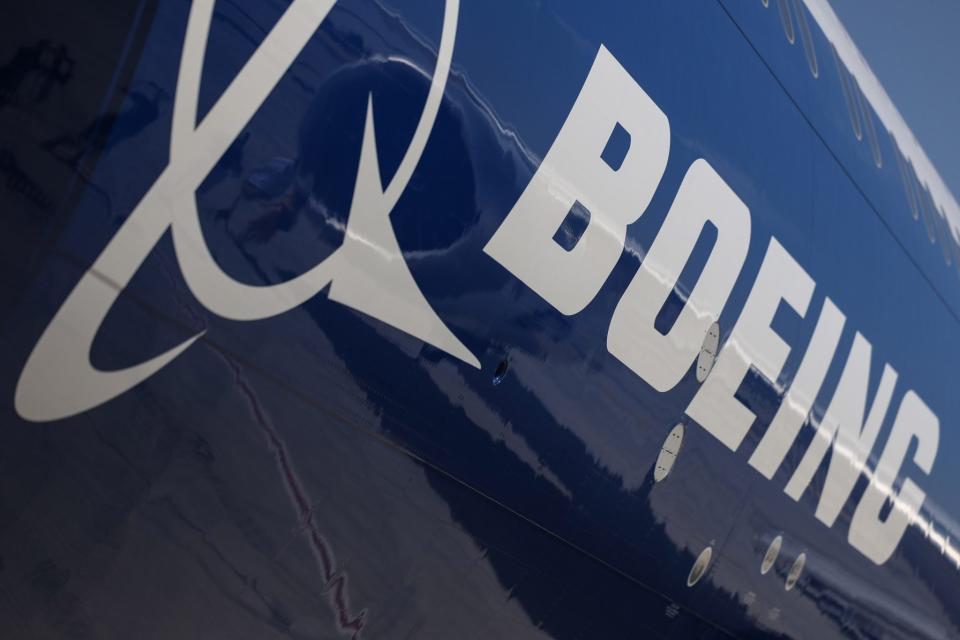The Alaska Airlines panel blowout just cost an 18-year Boeing veteran his job. Where does the company go from here?

Good morning. Boeing again found itself on the hot seat last month after a panel from one of its 737 Max 9 airplanes operated by Alaska Airlines blew out in midair, raising further questions about the quality of its manufacturing.
On Wednesday, the company announced that Ed Clark, head of its 737 program and an 18-year Boeing veteran, would be leaving the company. Katie Ringgold, a long-time engineering and operations leader, is set to succeed him as vice president and general manager of that division.
My colleague Shawn Tully explores the plight of Boeing in a new story, pointing out how the company’s latest incident is just that: the latest.
"The 108-year-old corporate icon had been dogged by safety concerns since two fatal crashes darkened its reputation and sent its finances reeling a half-decade ago—the Lion Air and Ethiopian Airlines disasters that together killed 346 people,” Tully writes. “The response to those catastrophes got then-CEO Dennis Muilenburg fired, and current CEO David Calhoun, a 26-year GE veteran, took the helm in January of 2020. Professed Calhoun following the door blowout: ‘We’re going to approach this, number one, by acknowledging our mistake. We’re going to approach it with 100% and complete transparency every step of the way.’"
Last month, during Boeing’s earnings call for the period ending Dec. 31, Calhoun apologized again to Alaska Airlines, the crew, the passengers, and customers. “Whatever the specific cause of the accident might turn out to be," he said, "an event like this simply must not happen on an airplane that leaves one of our factories. We simply must be better."
At a session during the Cowen Aerospace & Defense Conference on Feb. 13, Brian West, CFO at Boeing since 2021, offered an apology and addressed production issues. West said that during the second half of this year, he "fully" expects to move toward the production of 737 airliners at a rate of 38 per month, following the company’s recent slowdown to address quality issues.
As Tully writes, on Jan. 24 the Federal Aviation Administration “capped the output for the entire Max lineup now in commercial production, consisting of the 737-8 and 737-9, at the current rate of 38 per month," which is "a serious blow since Boeing was basing its comeback campaign on gradually raising its monthly Max output to 50 by 2025 or 2026."
Boeing’s shortcomings are “recurring and deep-seated,” according to Tully. And there’s a glaring leadership issue.
“The problem isn’t merely that one worker on one assembly line failed to install a door screw,” Tully writes. “It was that managerial decisions, made over a period that spanned more than 20 years and four CEOs, gradually weakened a once-vaunted system of quality control and troubleshooting on the factory floor, leaving gaps that have allowed sundry defects to slip through.”
Read the complete article here.
Sheryl Estrada
sheryl.estrada@fortune.com
This story was originally featured on Fortune.com

 Yahoo Finance
Yahoo Finance 